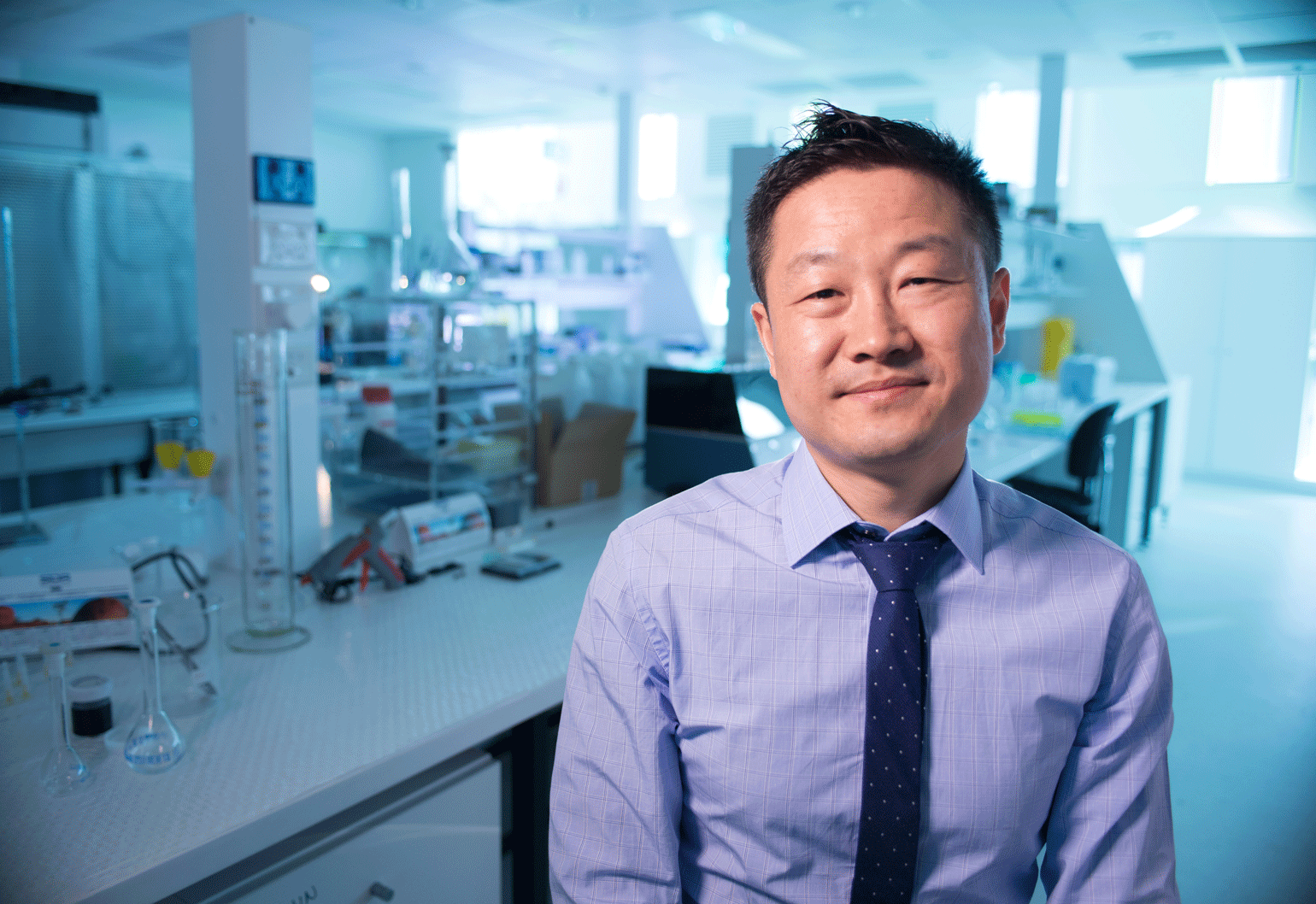Imagine cheap, easy to use devices that can detect cancer or diagnose an illness. Professor Dayong Jin has a plan to make them a reality.
Jin and fellow researchers have developed sensitive nanotechnology and photonic technologies to detect cancer and other diseases.
“Now is the time to take the next step, to turn these scientific discoveries into technologies and devices, to channel our research into industry and to create new job opportunities, ” Jin said.
Jin is the director of University of Technology Sydney’s new Institute for Biomedical Materials and Devices (IBMD), which was officially launched in early February. In this role, he will work with leading scientists and engineers in Australia and overseas to develop economical, portable diagnostic devices that are as easy to use as smartphones.
One little device
Integrating many different diagnostic functions in a single portable, user-friendly device is a key goal of the IBMD, according to Jin.
He pointed out that smartphones transformed portable communications by combining existing technologies such as phones, cameras, music and email. Jin hopes to spark a new generation of medical devices which integrate diagnostic technologies including nanotechnology, photonics and molecular biology.
“The key is someone to integrate smart [diagnostic] technology in one little device,” he said.
Jin said that in the biomedical field, there is a lot of research on how to detect illnesses and pathogens, but it is rare for this research to be implemented in marketable products.
He believes that “engineering science” is the key to bridging this divide: scientists need to share theoretical discoveries with engineers, so that engineers can implement them in devices for doctors and patients.
“This is an opportunity to fill the gap between science and engineering,” Jin said.
Jin says that he anticipates a range of engineering disciplines will be involved in bringing devices to market. For example, chemical engineers would be important in scaling up the technology and making it reproducible; and electronic and mechanical engineers would have a role in integration and device design.
Google map of cells
Jin explained that medical and scientific researchers need a map of cells and intercellular networks to do their jobs.
Currently, they work with traditional maps (for example, in text books or stationary medical imaging), but don’t have access to a live feed of the cellular, or subcellular, plane.
IBMD will work to give researchers live imaging functionality, allowing them to glean more information about diseases and bacteria affecting cells.
“We’re trying to build a ‘Google map’ of pathogens, single cells, and cell-to-cell networks,” he said.
The IBMD has already dived into a number of collaborations, including a project with University of Wollongong to develop new tools to watch the development of antibiotic resistance in bacteria.
The institute is also working with researchers from University of Sydney on applications in cancer cell profiling, such as finding ways to detect the molecular signature of cancer cells for rapid screening.
And Jin has already been recognised for his efforts to turn biomedical discoveries into tools for the medical front line. In October last year, he was awarded the Malcolm McIntosh prize for Physical Scientist of the Year.
When accepting his award, Jin said that his vision was to develop a tool for clinicians to detect cancer in the early stages within the next decade. To achieve this, the “huge gap” between clinicians, biomedical researchers, physicists and engineers needed to be bridged.
“Working with each other is key,” Jin said.



